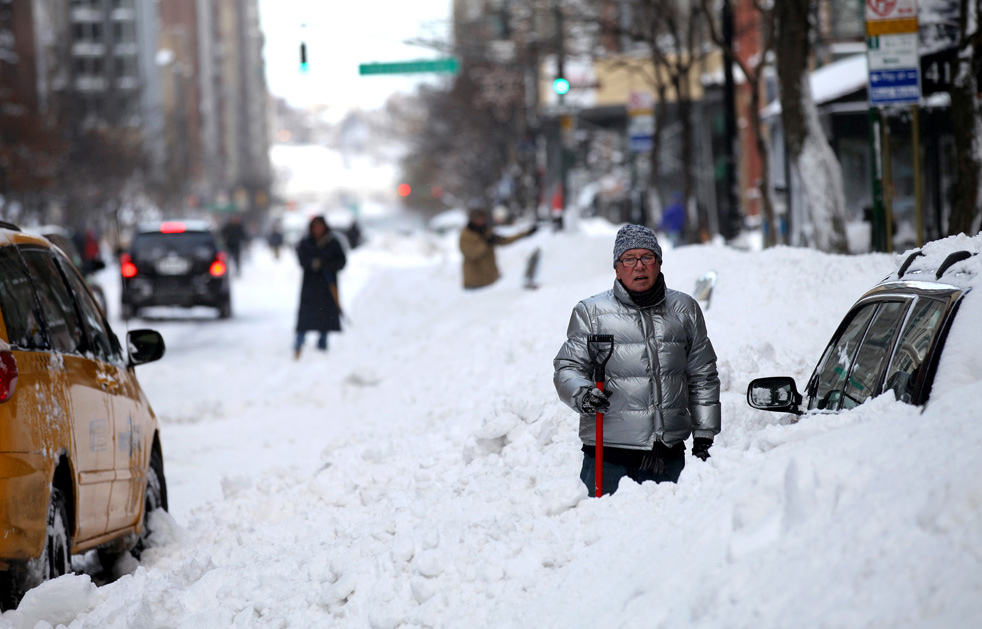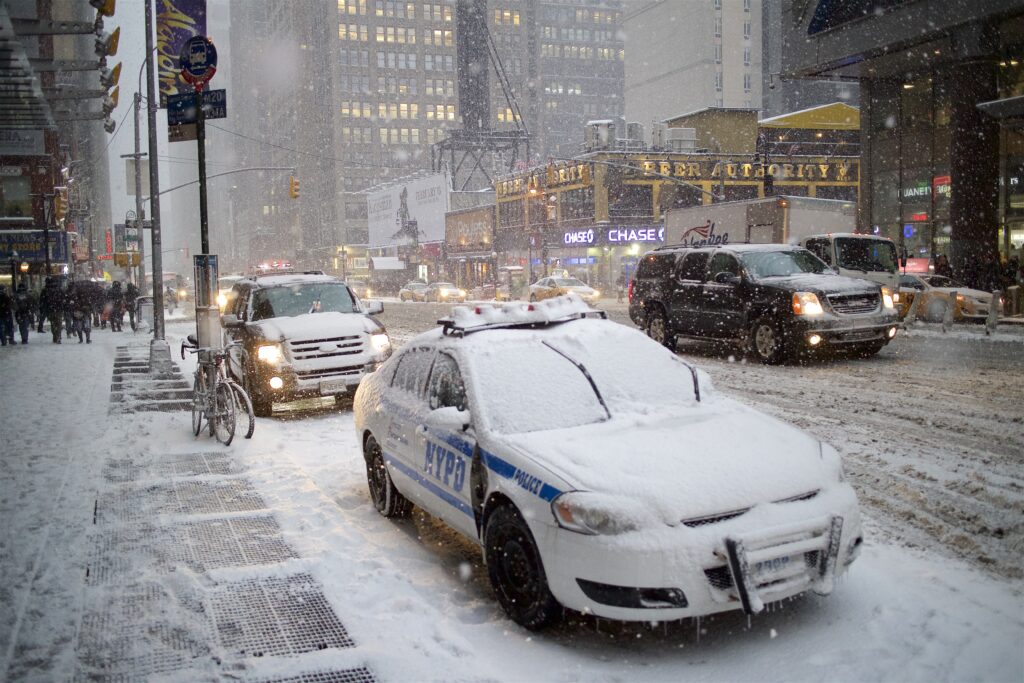Blizzard Warning: Understanding, Preparing, and Staying Safe are some of the most extreme weather conditions in nature. They can freeze life to its core. In addition to the heavy snowfall, blizzards are also marked by strong winds and poor visibility. They thus pose a severe threat to both life and property. A blizzard warning is an important notification issued by meteorological agencies when they expect communities to face extreme weather conditions. This article goes further to explain what a blizzard warning actually is, how one can prepare for the impending event, and important safety tips on how to traverse through it.
What is a Blizzard?
A blizzard is more than a snowstorm. According to the NWS, for a snowstorm to be classified as a blizzard, it must meet certain requirements:
Sustained Winds or Frequent Gusts: Wind must be blowing at 35 mph (56 km/h) or more.
Low Visibility: Visibility is reduced to a quarter of a mile or less due to blowing or falling snow.
Duration: These conditions must persist for at least three consecutive hours.
All of these variables lead to a whiteout type of effect where visibility is so low that it’s almost impossible to see or navigate. This would lead to road closures, power outages, and other safety concerns.
How Blizzard Warnings are Issued
Meteorological agencies closely monitor the weather patterns and issue warnings depending on real-time data and predictive models. In most cases, a blizzard warning is usually issued 12 to 24 hours before the onset of the storm to enable communities to prepare adequately. Warnings are delivered through various media, such as television, radio, social media, and emergency alert systems.
The warning is level above a blizzard watch: it indicates possible blizzard conditions within the period of 24 to 48 hours. On the other hand, a warning means that either the weather situation is about to occur or already takes place.
Perils of the Blizzards
Blizzard is one dangerous weather condition from all angles that brings various levels of danger involved. Some are listed below:
Hypothermia and Frostbite: Freezing temperatures and strong winds combine to produce dangerously low body temperature and skin damage.
Low Visibility and Accumulating Snow: Travel can be almost impossible, stranding people in cars or isolated areas.
Downed Power Lines: Significant snowfall and high winds can topple power lines, leaving residents without electricity or warmth in the cold.
Structural Damage: The weight of heavy snow can collapse roofs, especially for older buildings.
Transportation Accidents: Icy roads and poor visibility contribute to car accidents.

Preparation for a Blizzard
Blizzards present the most critical threat when individuals do not prepare adequately. There are several ways to prepare in advance for the risk of blizzards:
- Be Informed
Regular monitoring of local weather conditions, particularly in winter time, is crucial. Install apps related to the weather or sign up for an alert system for instant updates.
- Kit of Emergency Essentials
Prepare an emergency kit in anticipation of a blizzard that has the following contents:
- Non-perishable food and water: Three days supply.
- Flashlights and additional batteries
- Battery powered or hand crank radio
- Warm clothes, blankets, and sleeping bags
- Medical first aid kits and medicines
- Snow shovel and ice scrapers
- Mobile charger or power banks.
- Winterize Your Home
Make sure your home is ready for extreme winter weather:
Insulate walls and attics to retain heat.
Seal cracks around windows and doors to prevent drafts.
Install storm windows or cover windows with plastic.
Have fire extinguishers on hand and make sure smoke and carbon monoxide detectors are working.
Have a supply of heating fuel or make sure your generator is in working order.
- Prepare Your Vehicle
If you have to travel during a blizzard, make sure your car is winter-ready:
Check your tire tread and consider using snow tires.
Keep your gas tank at least half full to prevent freezing.
Store an emergency kit in your car, including food, water, blankets, and a flashlight.
What to Do During a Blizzard
Once a blizzard warning is issued, it’s important to follow safety guidelines to protect yourself and your loved ones.
- Stay Indoors
During the blizzard, the safest location is indoors. Try to limit going outside except for emergencies. If you are going out, put on more layers of clothes, a cap, gloves, and waterproofed boots.
- Save Warmth
Maintain all windows and doors sealed to keep all the warmth within your house. Choose one space that would be used often and seal up the rest that you do not use to minimize the loss of warmth.
- Do not Travel
The roads can be very hazardous during a blizzard. Avoid traveling unless absolutely necessary until the storm has passed. If you are trapped in your car, stay inside, turn on your hazard lights, and save fuel by turning on the engine every so often to keep warm.
- Stay Connected
Charge your phone and use it only when necessary to conserve battery life. Monitor local news for updates on the storm’s progress and emergency instructions.
After the Blizzard
Even after the storm has moved away, risks persist. Now that the blizzard is over, here is what to do:
- Shovel Snow Carefully
Shovel snow safely to avoid exertion, which may cause a heart attack. Shovel snow in short bursts, and make sure to use the proper lifting techniques.
- Check for Damage
Look for damage on your home and property due to heavy snowfall or ice accumulation. Structural damages must be fixed immediately.
- Help Neighbors
Check on elderly or vulnerable neighbors, make sure that they are all right and are being provided for-food, water, and warmth.
- Drive Safely
Even once the roads have been plowed, they can remain slippery. Go slow and allow a safe amount of space from other vehicles.


![Matsumoto Hitoshi: Comedy Superstar and Versatile Entertainer [松本人志] 2024](https://multitime.online/wp-content/uploads/2024/11/d7938453-96x96.jpg)
